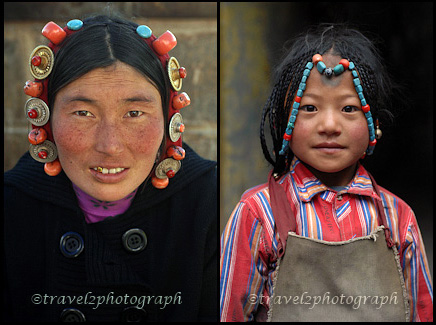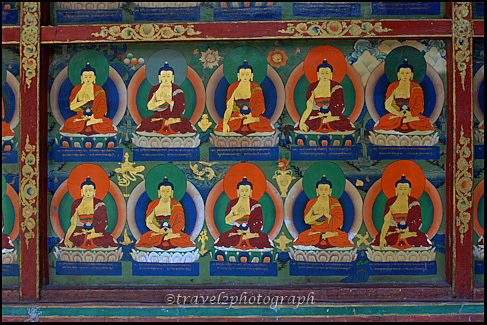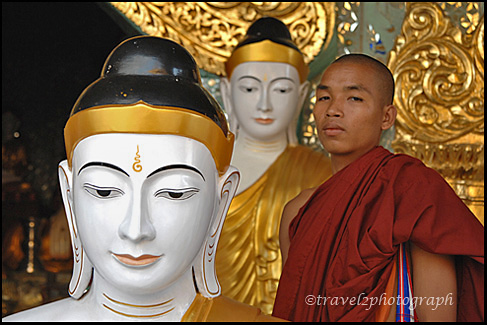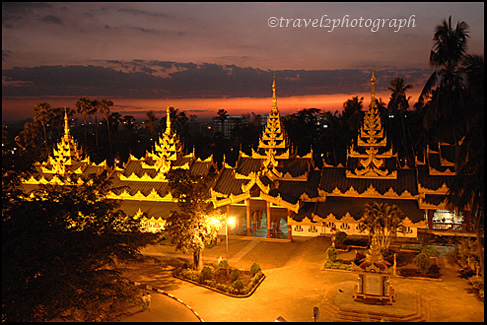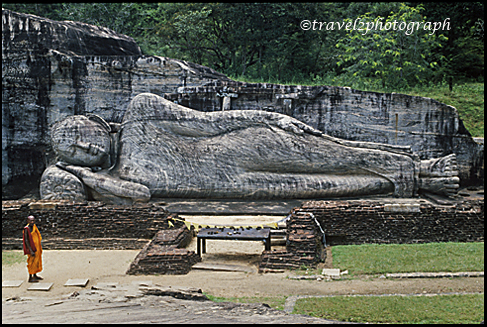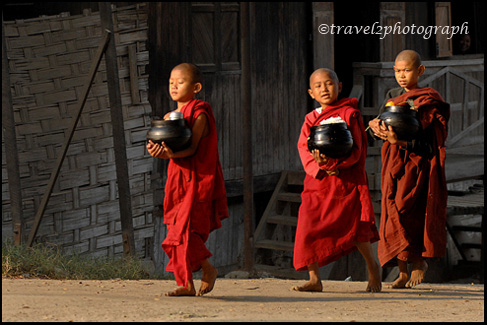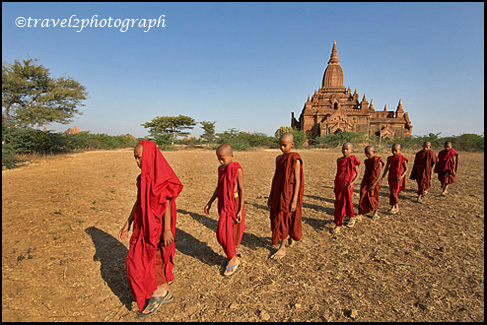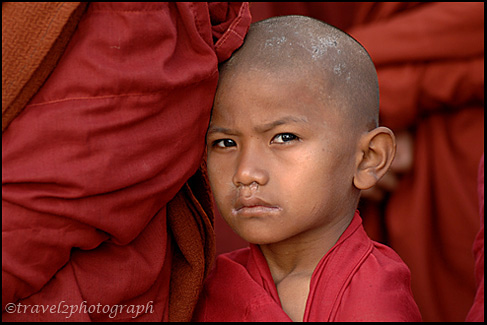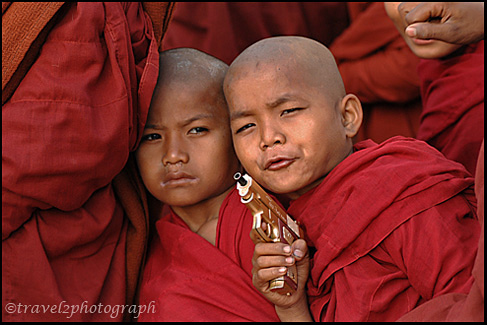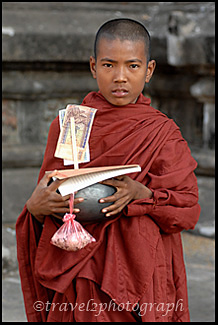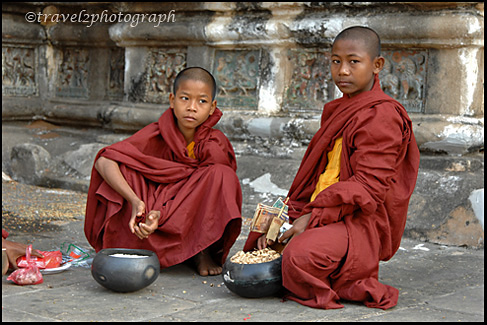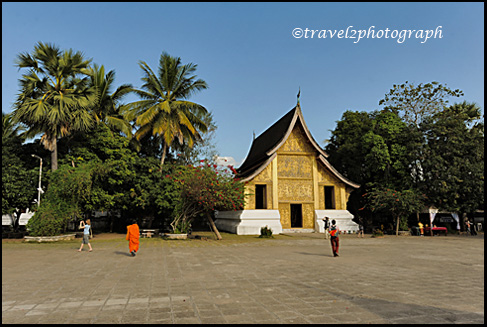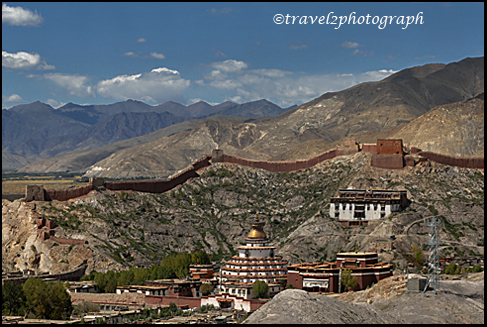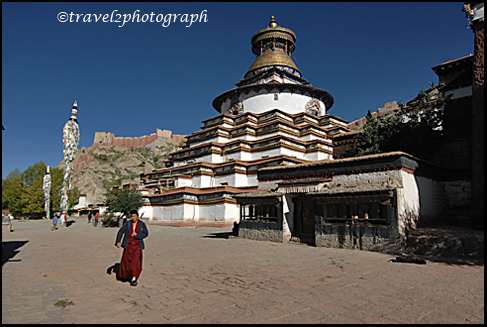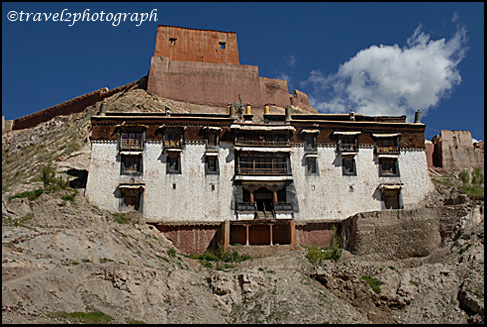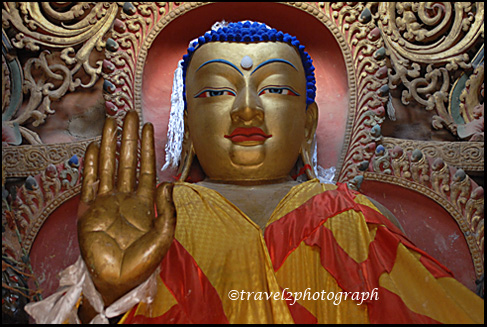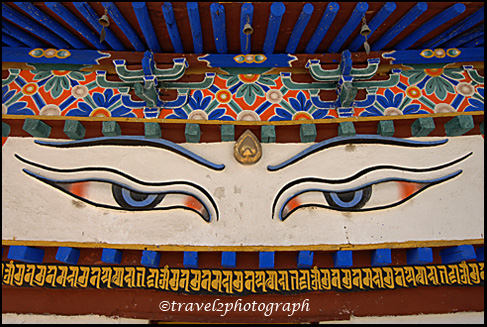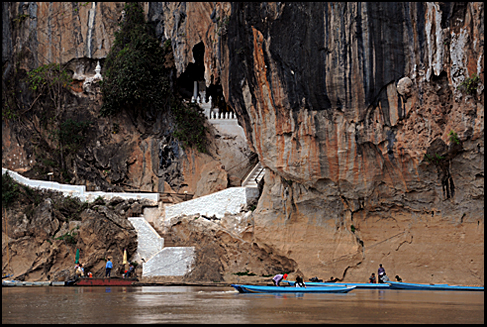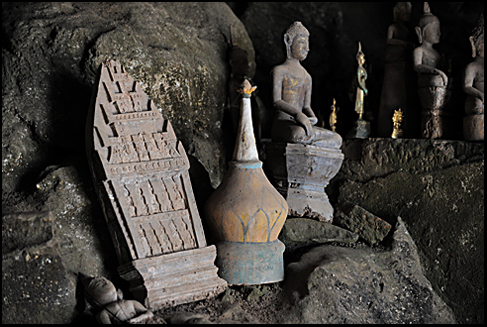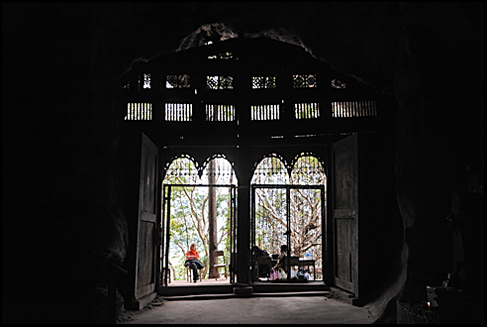The Tibetan New year, known as ‘Losar’, is the most important festival in the Tibetan calendar. The ‘Losar’ festival is celebrated by Tibetan people, and is marked by ancient ceremonies that represent the struggle between good and evil, by chanting, and by the passing of torches through the crowds. A certain amount of levity is provided by events such as the ‘dance of the deer’ and the amusing ‘battles between the King and his various ministers’. The ‘Losar’ festival is characterized especially by its music, dance, and a general spirit of merrymaking. The 2011 Tibetan New Year takes place on 5th, March. To honor the Tibetan people, and to declare them my sympathy, I’m publishing some of my Tibetan images together with this article.
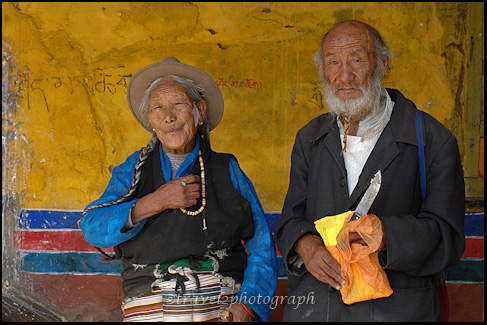

‘Losar’, the Tibetan word for New Year, is composed to two characters: ‘Lo’, which means “year”; and ‘Sar’, which means “new”. The celebration of ‘Losar’ can be traced back to Tibet’s pre-Buddhist period. At that time, Tibetans were followers of the Bon religion, and held a spiritual ceremony every winter. During the Bon celebrations, people would burn large quantities of incense on a certain day of the year, in order to appease local spirits, deities and protectors. When Buddhism arrived in Tibet, the older “heathen” ceremony of Bon was simply incorporated into the Buddhist tradition of Tibet, becoming the Buddhist ‘Losar’ festival. The Buddhist ‘Losar’ festival originated during the reign of Pude Gungyal, the ninth King of Tibet.


The Tibetan calendar consists of twelve lunar months, and ‘Losar’ begins on the first day of the first lunar month. However, in Tibetan-Buddhist monasteries, the celebrations for ‘Losar’ begin on the twenty-ninth day of the twelfth month. That is the day before ‘Losar’s Eve’. On that day, monasteries do a special kind of ritual in preparation for the ‘Losar’ celebrations. Also on that day, a special kind of noodle called ‘Guthuk’, which is made of nine different ingredients, including dried cheese and various grains, is made. In addition, people place various ingredients such as chilies, salt, wool, rice and coal inside dough balls, which are then handed out,. The ingredients that one finds hidden in one’s dough ball are supposed to be a lighthearted comment on one’s character, in the spirit of a Chinese fortune cookie.


On New Year’s Day itself, Tibetans rise early, and, after having taken a bath and gotten dressed, they proceed to the household shrine in order to pay homage to the gods in the form of offerings. These usually consist of animal and demon shapes made from a kind of dough called ‘Torma’. In addition, it is on New Year’s Day that family and friends exchange gifts, much like people in the West exchange gifts on Christmas Day. Families and friends also share a hearty meal together, which usually consists of a kind of cake called ‘Kapse’, and an alcoholic beverage called ‘Chang’, which was traditionally drunk in order to keep warm.
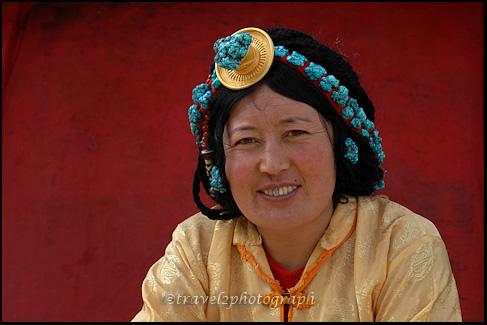
On the first day of the New Year, celebrations are usually restricted to the immediate family. The city’s or village’s streets are generally very quite on this day. The second day of ‘Losar’ is the day for visiting with friends and relatives. On the third day, Tibetans in Lhasa especially visit the local monasteries, where they make offerings. Tibetan New Year usually last 15 days. Traditional ways of celebrating ‘Losar’ have changed somewhat through time. For example, fireworks is a relatively recent addition to ‘Losar’, but have grown in popularity until today they are possibly ‘Losar’s’ main attraction (at least among youths). These days, on the first day of New Year, good tidings ring out all across the country by means of the electronic media, and New Year celebrations are broadcast on television throughout the country.
